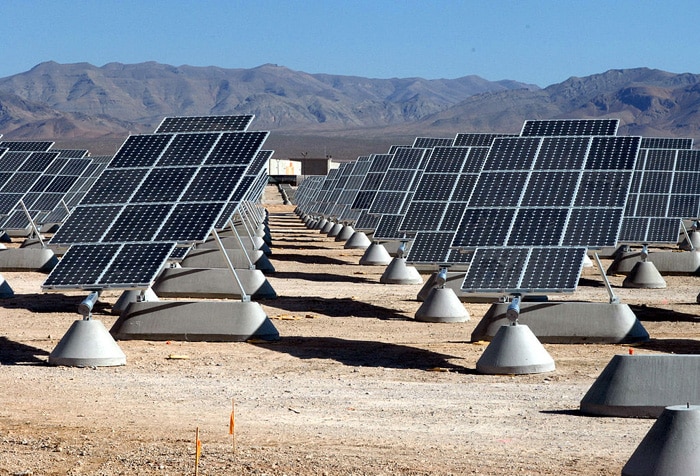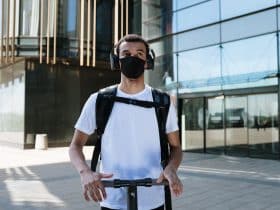I’m sitting here at my computer right now, watching the kids play yet another variation of Angry Birds, and remembering what I thought was a cool game growing up. It was called “Archipelagos” and the whole point of the game was to restore the islands that were poisoned with the blood of the ancients to their former glory. It’s one of the first 3D games that I ever got to play from a first person perspective and was one of the best ways to spend an afternoon after school.

The world of 3D back then was fresh, new, and exciting. The same is true today, especially when considering the field of 3D printing. We’ve got prosthetic limbs that are being custom printed for people today that are reminiscent of Luke Skywalker’s. There are spare parts being printed, guns being made from metal 3D printing, and a new world of science that we have yet to explore.
Imagine being able to organically print a custom replacement organ. Or being able to use a 3D printer to create DNA strands that can correct errors in someone’s coding. We think the future of 3D printing is right now in many ways, but the future of this field is what we would have considered science fiction when I was playing Archipelagos in 1989.
Where Could 3D Printing Go In Medical Science?
The most exciting place for innovation is in the partnership that can exist between medical science and 3D printing. Forget using stem cells to create new tissues – that’s old news. 3D printing has a future where new tendons could be created to reduce healing times. New organs can be made using a person’s own genetic structure to reduce the risks of rejection.
“The replacement tissue or organ can be designed on a computer using a patient’s medical scans,” Dr. Anthony Atala wrote for CNN last month. “The computer then controls the printer as it precisely prints the desired shape and determines cell placement. The printers we’ve designed give us the option of using two or more different cell types and placing them exactly where they need to be – something not possible by hand.”
Structures can even be printed without cells, which means custom splints and other devices can be created to help save lives. That’s what happened last year for a Michigan baby when they were able to use a 3D printer to create an airway tube.
What About Other Fields of Research?
3D printing can help create promise in every industry in some way, which is why it’s so exciting! Take the field of renewable energy, for example.The problem with renewable sources of energy is that they are A) often expensive to collect initially, and B) inefficient. We’ve got lots of sunshine that can be collected, but not everyone can afford the expense of solar panels. Live somewhere like Seattle when you might go three weeks without ever seeing the sun and the practicality of solar energy is easy to question.
Thanks to 3D printing, however, not only are solar panels become cheaper to create because of the printing process, but they are becoming more efficient on cloudy days. That’s just the start of what we could see in the next 5 years. By then, we could be printing solar panels like we print money today and be bringing even the most remote of communities onto their own power grid.

We’re at the start of something incredible right now in this field. 3D printing might not be designed to remove the poisons that were caused by the blood of the ancients, but it will help us restore ourselves and our planet to a state that is more pure and beautiful.












Leave a Reply